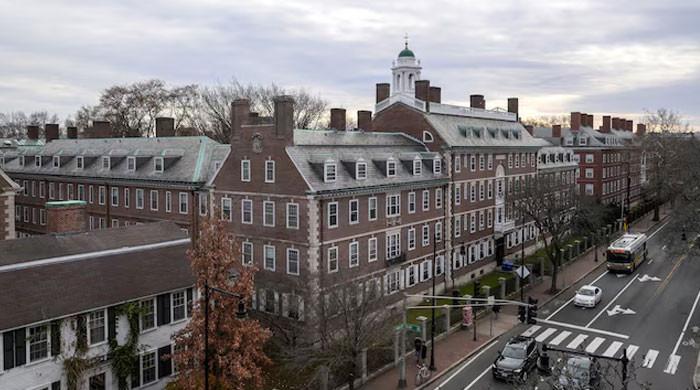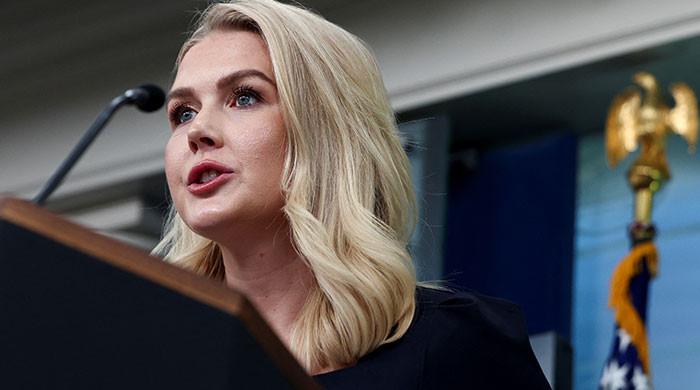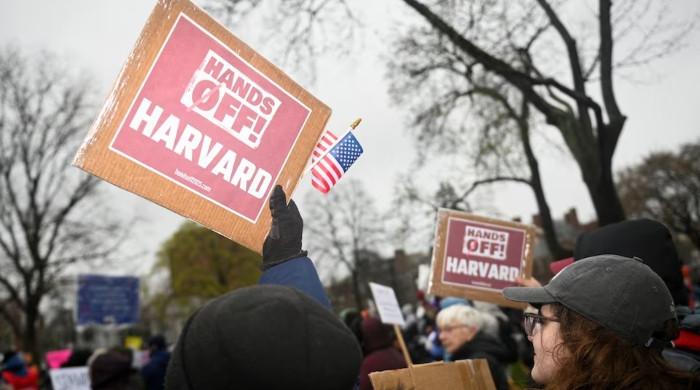Iran on alert as Mahsa Amini's first anniversary nears — Here is what has transpired since
Mahsa Amini, a 22-year-old Iranian Kurd, was arrested by morality police in Tehran on September 13
September 15, 2023
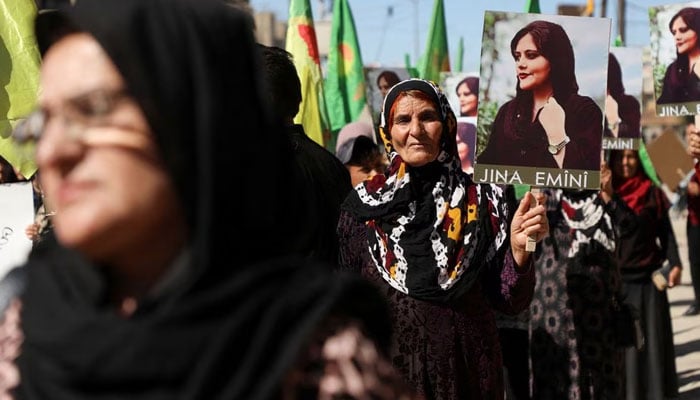
As the anniversary of Mahsa Amini's tragic death approaches, the Iranian government has issued a stern warning against any signs of "instability" in the wake of the protests her passing ignited.
Mahsa Amini, a 22-year-old Iranian Kurd, was arrested by morality police in Tehran on September 13 of the previous year for allegedly violating the Islamic Republic's strict dress code for women. Her detention marked the beginning of a series of significant events:
September 13 - Mahsa Amini is detained by morality police in Tehran for an alleged dress code violation.
September 16 - Tragically, Amini passes away in a Tehran hospital after falling into a coma. Authorities claim she suffered a heart attack after being taken to a station for "education," although her family denies any preexisting heart issues.
Protests were initiated on social media, and President Ebrahim Raisi called for an investigation.
September 17 - Protests erupt during Amini's funeral in her hometown of Saqez, spreading to the provincial capital and other cities across Iran. Chants of "Death to the Dictator" resonate, with some women removing and burning headscarves.
September 19 - Protests intensify, leading to clashes between security forces and demonstrators in some cities in Kurdistan province.
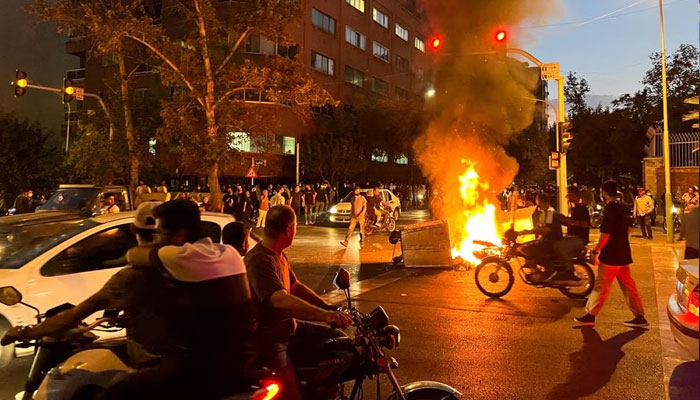
September 20 - An aide to Supreme Leader Ayatollah Ali Khamenei visits Amini's family to pay condolences, expressing Khamenei's distress over her death.
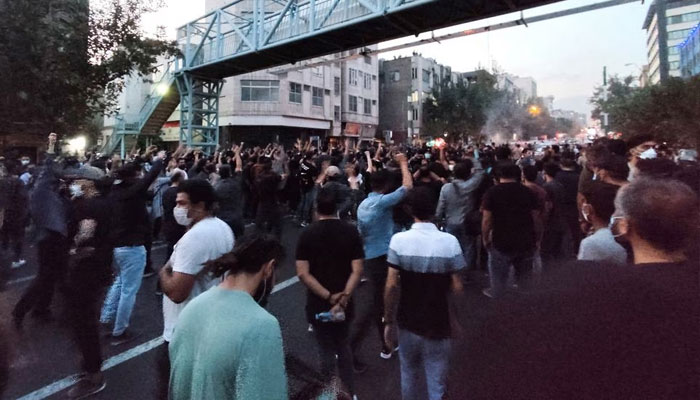
September 21 - Authorities restrict access to Instagram and WhatsApp, while official sources confirm eight deaths in the ongoing unrest.
September 22 - Raisi declares that "acts of chaos" are unacceptable, and the U.S. imposes sanctions on Tehran's morality police.
September 23 - The state organises rallies in several cities, with marchers demanding the execution of protesters. The army pledges to "confront the enemies' various plots."

September 24 - The elite Revolutionary Guards accuse armed dissidents of involvement in the unrest and conduct the first of several attacks on Iranian militant opposition bases in the Kurdish region of northern Iraq.
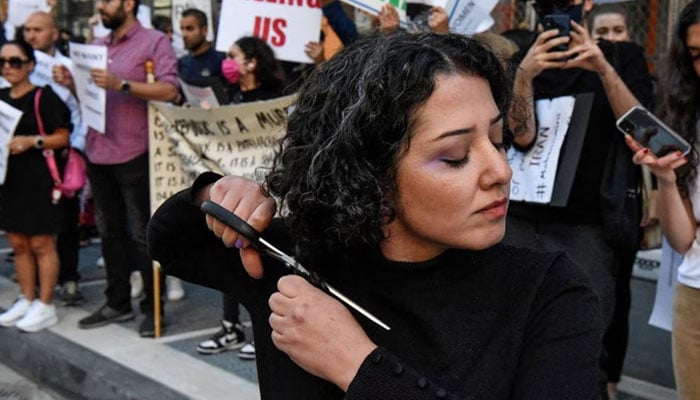
September 30 - On the deadliest day since the protests began, Amnesty International reports that security forces killed 66 people, including children, in Zahedan during a crackdown after Friday prayers.
The Guards claim that militants fired on a police station, prompting a shootout in which five of their forces and the Basij were killed.
October 3 - Khamenei backs the security forces and alleges that Amini's death was provoked by Iran's enemies. Protests calling for regime change and denouncing Khamenei erupted in several cities.

October 7 - A coroner's report disputes that Amini died from blows to the head and limbs while in custody, linking her death to preexisting conditions.
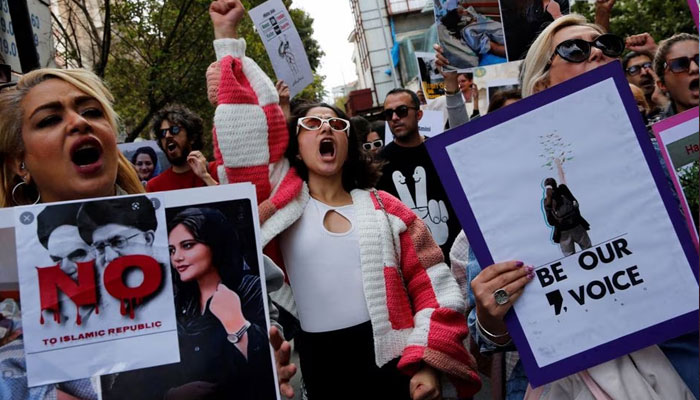
October 10 - Protests extend to Iran's energy sector, with reports on social media showing workers at various facilities demonstrating.
October 15 - A fire breaks out in Tehran's Evin prison, where many political and dual-national detainees are held, resulting in eight deaths. Witnesses reported hearing gunfire, and trouble erupted after riot police began patrols.
November 14 - French President Emmanuel Macron characterises the protests as a "revolution" and expresses concerns about the crackdown's impact on reviving Iran's 2015 nuclear deal with world powers.
November 21 - The Iranian World Cup squad refuses to sing the national anthem in support of the protests.
December 4 - Iran carries out its first execution related to the unrest, involving a man convicted of injuring a security guard and blocking a Tehran street with a knife.
December 12 - Iran executes a second individual linked to the unrest.
February 5 - Khamenei pardons "tens of thousands" of prisoners, including some protesters but excluding those accused of "corruption on earth," "spying for foreign agencies," and affiliation with "hostile groups." Rights groups report over 500 deaths in the state crackdown, including 71 minors.
March 3 - Raisi attributes a wave of poisoning incidents among hundreds of schoolgirls across the country to Tehran's enemies. Protests erupted the following day in response to the alleged poisoning.
March 7 - Iran announces that at least 53 members of the security forces were killed during the protests.
May 19 - Iran executes three men on charges linked to the unrest.
July 16 - Iran's morality police resume street patrols enforcing hijab regulations.




